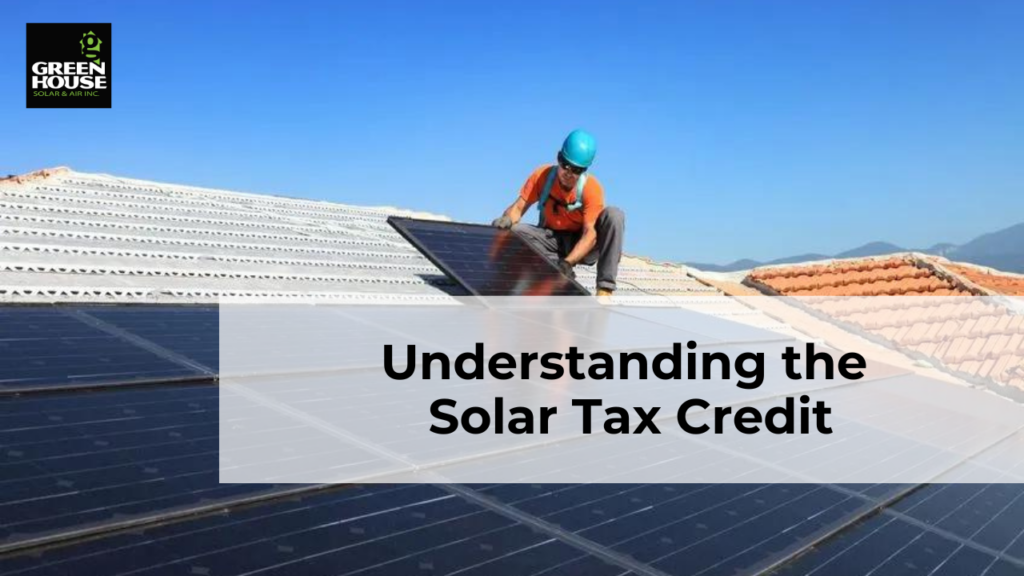
Historic tax incentives, monumental cost savings
A 30% tax credit for home improvements!? This is catching the attention of millions of Americans, and rightfully so. The 4% jump from 26 to 30 percent is the latest in a series of government-backed incentives to help American homeowners (and businesses) make the switch to solar.
We recently saw one homeowner claim more than $20,400 back from the federal government. And those with more than one home may take advantage of the program for each home they own! (Ask me how much you can save!)
But what is this tax credit? Who qualifies? And what do you need to know to take full advantage of this once-in-a-lifetime opportunity? I will break it down for you below. And remember, you’re always welcome to submit a copy of your utility bill for a free energy assessment to understand if your home is a good candidate for solar — and if so, what the extent of that financial impact could mean for you and your family.
But back to the topic at hand…
What is the solar tax credit? And Who Qualifies?
- Solar Systems installed before 2033 are eligible for a tax credit equal to 30% of the cost of installing solar panels and equipment.
- A $20,000 solar system would receive a tax credit of $6,000 to what you owe in federal income taxes. A $50,000 system would receive $15,000, etc.
- Solar systems installed in 2033 will receive a 26% tax credit, while systems installed in 2034 will get a 22% tax credit before the tax credit expires completely in 2035.
- To qualify for the tax credit, you must own the solar panels, have a taxable income, and it must be installed at your primary or secondary residence.
- Battery storage systems can also receive the 30% federal tax credit when charged exclusively with solar. Starting in 2023, standalone battery installations will also qualify for the credit.
- Interestingly, builders, churches, and nonprofits also qualify for certain incentives and givebacks.*
President Biden signed the Inflation Reduction Act into law on Tuesday, August 16, 2022. One of the many things this act accomplishes is the expansion of the Federal Tax Credit for Solar Photovoltaics, also known as the Investment Tax Credit (ITC). This credit can be claimed on federal income taxes for a percentage of the cost of a solar photovoltaic (PV) system.
Let’s take a look at the biggest changes and what they mean for Americans who install rooftop solar:
- The ITC increased in amount and its timeline has been extended. Those who install a PV system between 2022 and 2032 will receive a 30% tax credit. That will decrease to 26% for systems installed in 2033 and to 22% for systems installed in 2034. If you’ve already installed a system in 2022, your tax credit has increased from 22% to 30% if you haven’t already claimed it.
- The solar+storage equipment expenses included in the ITC have expanded. Now, energy storage devices that have a capacity rating of 3 kilowatt hours or greater are included. This includes stand-alone storage, but here’s why you should pair it with solar.
The ITC will cut the cost of installing rooftop solar for a home by 30%, or more than $7,500 for an average system. By helping Americans get solar on their roofs, these tax credits will help millions more families unlock an additional average savings of $9,000 on their electricity bills over the life of the system.
Check out the Homeowner’s Guide to the Federal Tax Credit for Solar Photovoltaics for more information on the ITC including eligibility requirements and how to claim it on your taxes.
Is your home a good fit for solar? How much can you save?
Let’s find out! Get your free estimate and schedule your free solar consultation. You may always simply send me a copy of your latest utility bill and I will put together your free assessment (email below). Questions about solar? Concerns? Ideas? Let me know!
Connect with me via email at zachary.huhn@gh.solar.
